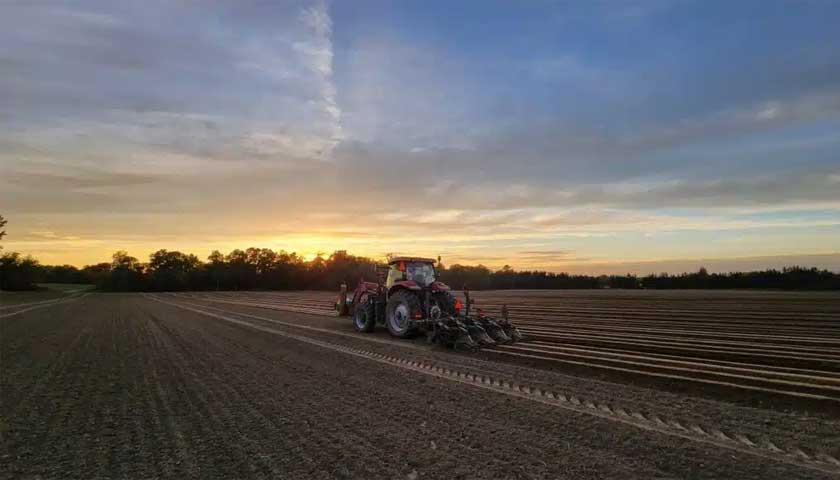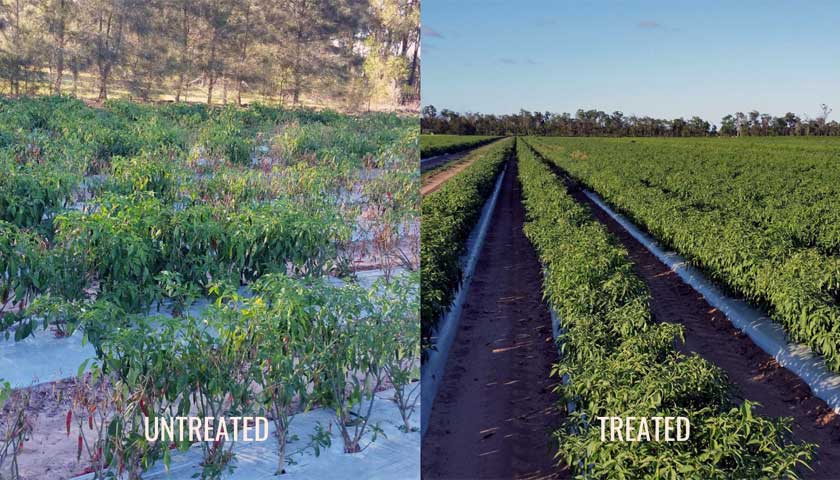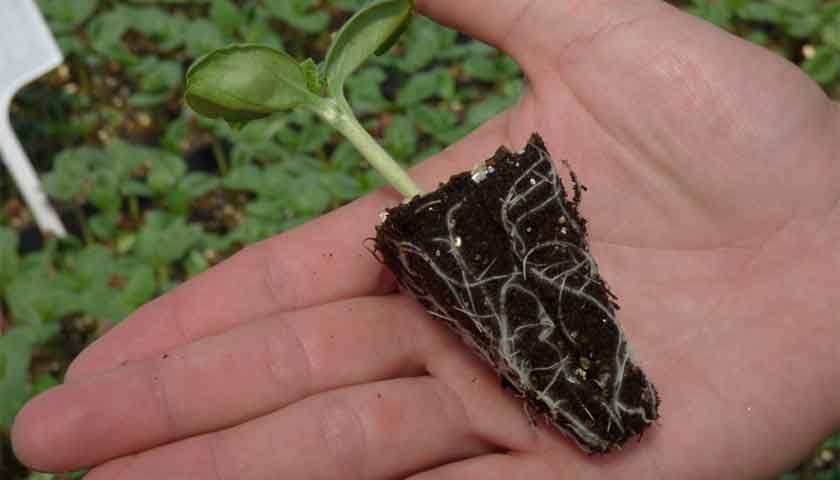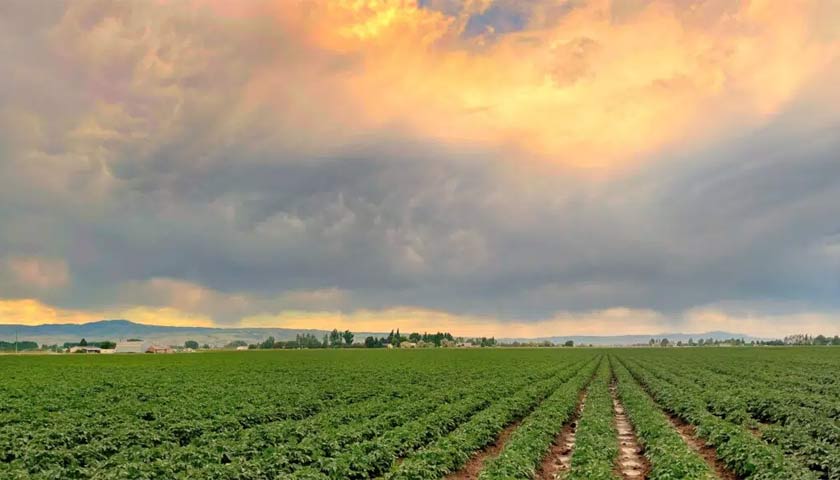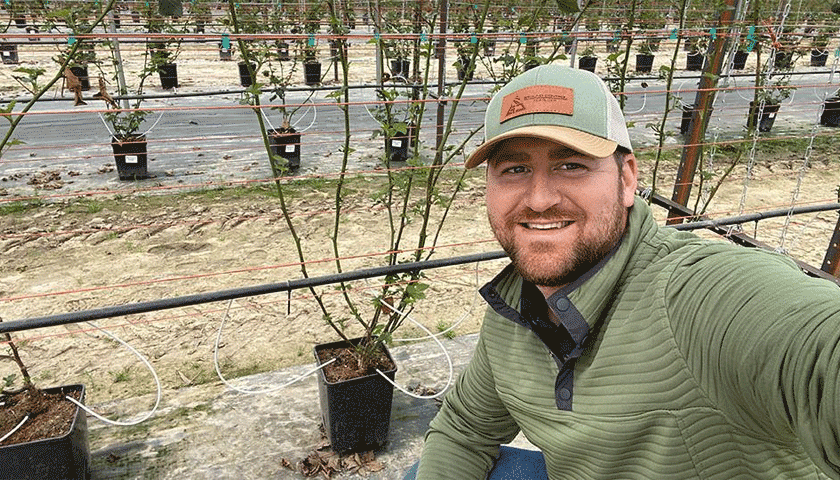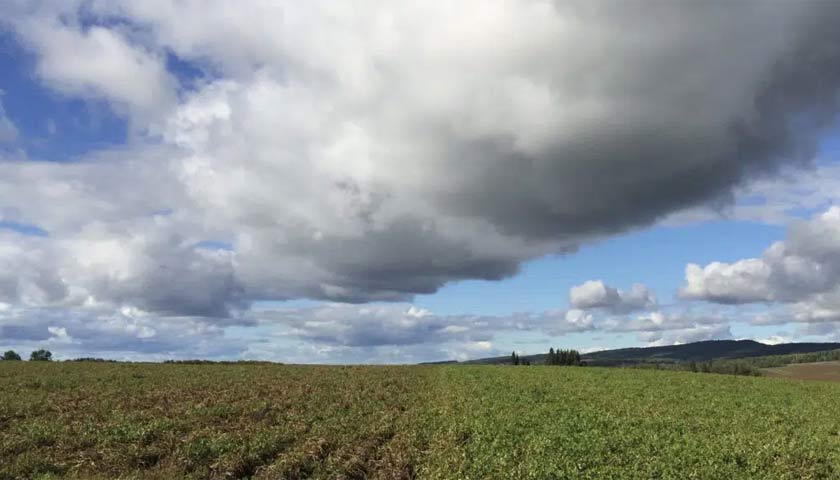Welcome to our AgHub! Our goal is to share the breadth and depth of our commitment to equipping you with useful information and practical solutions that help you reach your sustainability goals. Whether you are focused on crop quality and yield or ways to improve soil health, we hope you find the tools and resources you need. You can navigate the site by scrolling below or you can Jump to Categories above.

Precision irrigation is more than just watering. With smart design, automation, fertigation, and quality components, drip irrigation becomes a complete crop management tool that saves water, reduces inputs, and drives higher yields. Discover why smart drip irrigation is the smartest investment:
Read More


































